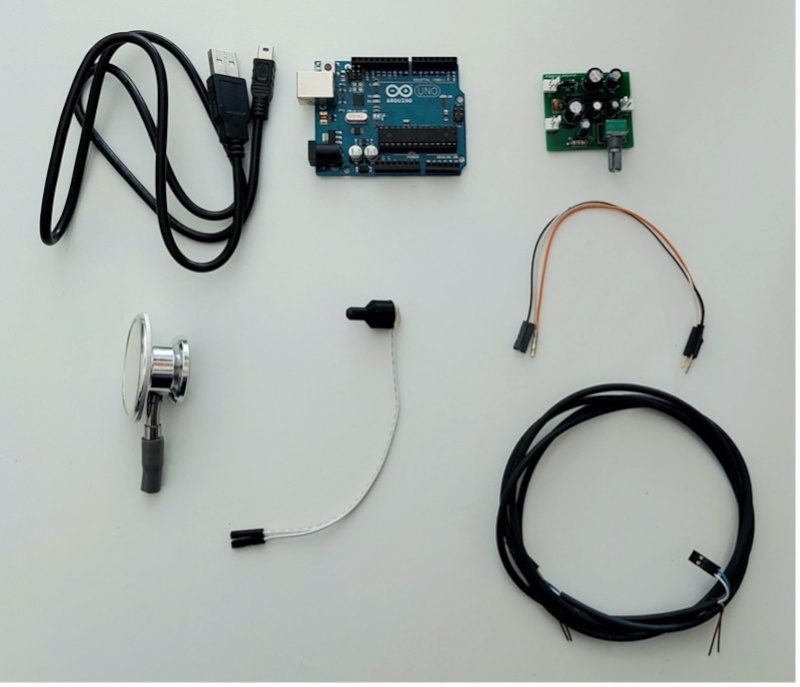
What are you trying to say?
by Youjia Lu
- View Porphyria (Youjia) Lu's Biography
Porphyria (Youjia) Lu is a video artist and researcher based in Melbourne.
What are you trying to say?
Youjia Lu
This project came about as a response to the regular visits of one of the neighbourhood blackbirds. In 2020-2021, he stopped by often in mornings and evenings, perched upon the balcony railing of an adjacent apartment. Though I do not know the language and expressions, I was captivated by a desire to understand the patterns and sounds. As I continued recording encounters in the following weeks, I was able to discern patterns and motifs, but I was yet still unable to get a response to my naïve question: What are you trying to say?
What are you trying to say?
Fear that no one will understand prevents me from communicating.
I keep trying and trying and trying, trying to listen even without understanding your words.
What are you trying to say?
I keep trying because my heart yearns for relating to you even though the friendship seems unlikely, but I know it is true.
What are you trying to say?
Don't stop, for I have not given up trying to hear what you say.
What are you trying to say?
Rather than a question expected to be answered correctly, I propose this project as an expression of interest in the occasion of trying to know a fellow being (human and-or non-human) a gesture to establish a mutual understanding to commune. Instead of an assertive statement, the collection of video and sound recordings will provide an expression of my attempts in the trials-and-errors process of forging dialogues initiated by this question.
Sonogram: 'What are you trying to say?'
Raw Material
From the audio recordings of the blackbird from my neighbour's balcony, I identified there are several tones in his singing 'verses', which he repeats each time he sings. From these repetitive tones, I selected one of the most frequently repeating tones to be the source material.
Creative Process
- Learn the selected tone from the blackbird singing, and form it into a new (antiphonical) musical tone for my singing.
- Add lyrics 'What are you trying to say?' to the blackbird-inspired musical tone.
- Use the blackbird-inspired musical tone as a medium to carry different language I collect from the encounter with my neighbourhood.
- sonogram visually displays the artistic/poetic expression of the formed music, like a 'music video.'
(Master)Musical-tone + (servant)word/lyric
Reflection
- A sonogram becomes a 'music video' for the vision of senseless/wordless chanting.
- 'What are you trying to say' carried by the tone to initiate a possible call and response with the bird, a neighbour and oneself to know what lies beneath the words. The wordlessness.
- Question replaces statement. Singing overwrites speaking.
Question
- Does birdsong become music when we sing it with our languages?
Phono-cardiogram: 'What are you trying to say?'
Raw Materials
Audio signal of my heartbeat using a Heart-Listener, a made for purpose amateur device that consists of a stethoscope and a condenser microphone to capture my heartbeat.
Creative process
- Collect 'what are you trying to say?' from the Encounters with my neighbours and friends.
- Use 'Google Translate' to translate the words into different languages based on their syllables and pronunciation.
- Use the 'Heart-listener' to generate the pulse of the texts in a rhythm corresponding to my heartbeat.
- The phono-cardiogram translates the syllable texts into a vision of imageless 'music video', silent beats.
(Master)Rhythm-pulse + (servant)word/text
Reflection
- A phono-cardiogram also becomes a 'music video' for the vision of imageless/silent beats.
- 'What are you trying to say?' becomes a pulse in silence, internal observation and conversation between my mind-body and my heart.
- Forced silence in the recording and generating process becomes a chance for deep listening, the sound of silence, the unfathomable expression from the heart.
- Words turn into musical beats that correspond to the pulsation and rhythm. Patterns emerge in the imageless beats.
- In silence, my heart sings a new song with its rhythm. In silence, my (ear and eye) body is listening, and my heart is singing.
Question
- Does the heartbeat become music when we listen to it with intention?
The Heart-Listener

- An assemblage of a stethoscope and a condenser microphone to capture the signal from heartbeat rhythm
- Using the Arduino program to convert the audio signal data from the recording of my heartbeat into the rhythmic pattern.
- The goal is to display the pulse of the texts on the screen in a rhythm corresponding to my heartbeat.
The Encounters
People in these encounters are:
- A nut shop owner in the market (Greek)
- A deli retail assistant in the market (Indonesian)
- A cashier at the vegetable shop in the market (Indian)
- A dollmaker at the pop-up stall in the market (Ukrainian)
- A café owner and his wife (Polish and Filipino)
- A barista from the downstairs café and her partner (Vietnamese and Macedonian)
- An elderly person I met on the street near the market (Albanian)
- A close friend. Our first reunion since the lockdown, at the botanic garden in the neighbourhood (Germany).
- The question 'How to say "what are you trying to say?" in your language?' encourages me to learn a bit more about each person I encounter by learning their languages.
- Audio recordings capture my question and mimic the process of the translated words.
Side Notes
- In the translation process, each person translates the question 'What are you trying to say?' with a slightly different personal emphasis on various elements of the question. For example, 'say' is translated differently into 'mean', 'speak', or 'telling'.
- The learning process generates laugher, encouraging words and some extra explanation added to the conversation.

